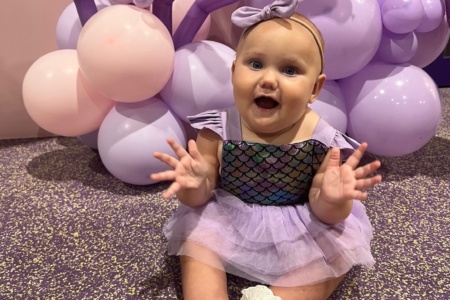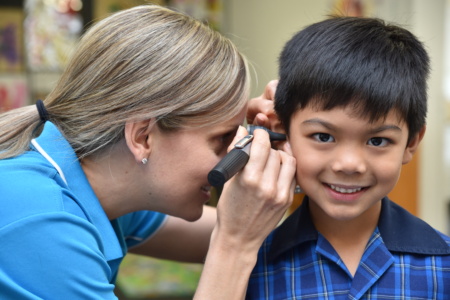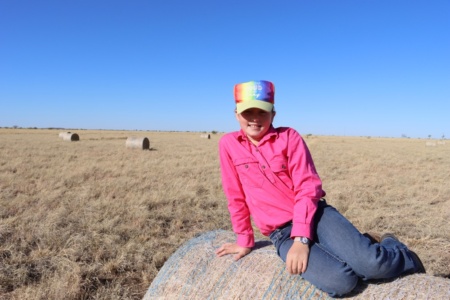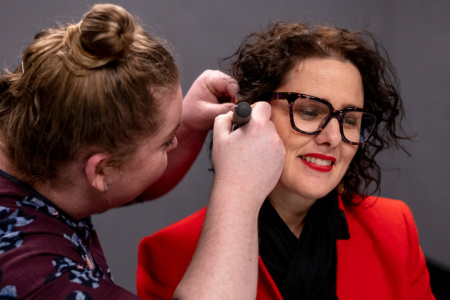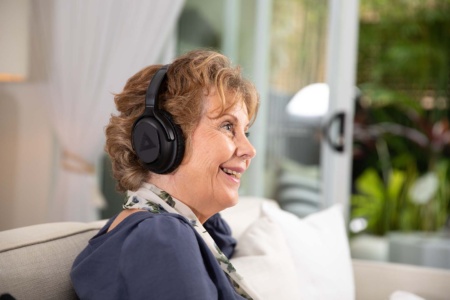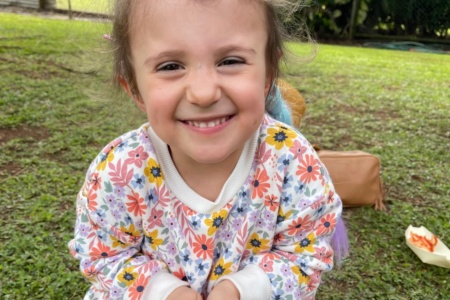The building blocks of speech and language are set very early in life.
Reading to children is one of the greatest opportunities to expose them to lots of different sounds, language and vocabulary, which is particularly important for children who are deaf or hard of hearing.
Each book read together nurtures the development of a child’s brain, encouraging language growth, early literacy skills and family bonding. Ideally, parents/carers should aim to read at least five books each day to their child.
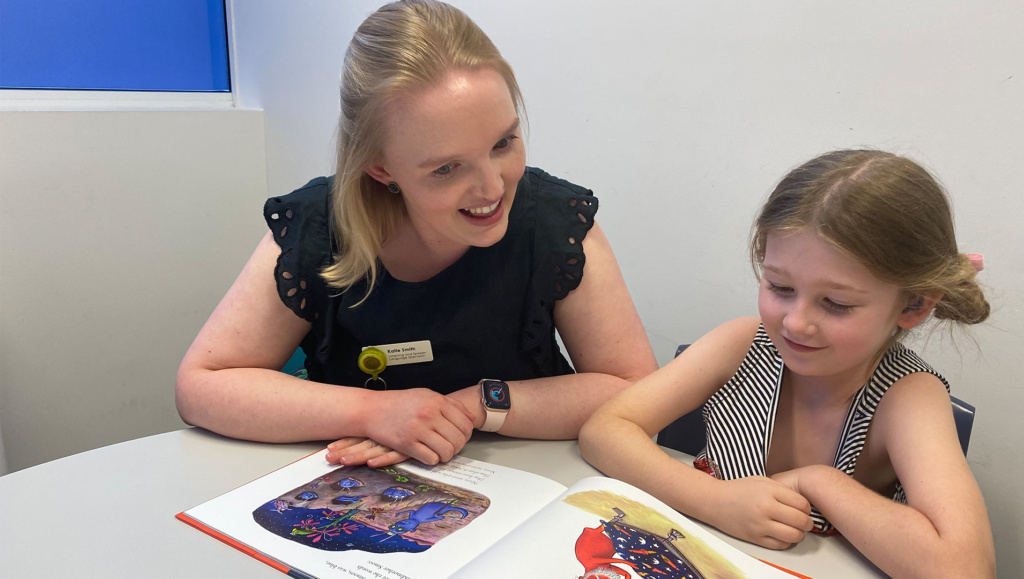
Reading aloud also exposes children to repetitive language, slows the rate of speech for easier listening and exaggerates features such as rhythm and intonation – which is particularly important for children who are deaf or hard of hearing.
Choose books which are age appropriate, visually appealing and entertaining. For babies and young children, simple picture books featuring objects and animals your child can identify are best.
Although a very young child may not be able to understand or concentrate for the full story, try talking about what’s happening in the pictures, relevant to the child’s developmental stage and interests. At this stage, what’s most valuable is exposing your child to new vocabulary by describing and pointing out the exciting things within the pictures, rather than the story itself. This also creates opportunities to reinforce the child’s learning elsewhere – such as seeing a flower in a book, then when playing in the backyard, pointing out the flowers.
It’s helpful to have a varied supply of books on hand, whether that’s your own collection or by joining a local library. Keep an eye out for hard-paged books which will survive the rough-and-tumble of small children, and can be read together many times over.
For older children, books which feature characters who also have hearing loss can encourage inclusivity and normalise wearing hearing technology.
Books featuring hearing loss/hearing devices include:
- Freddie and the Fairy, Julia Donaldson
- The Cochlear Kids: Liam the Superhero, Heidi Dredge
- Bill and Hug: A Dragon’s Tale, Julianne Schmid
- Goat Goes to Playgroup, Julia Donaldson
- Dachy’s Deaf, Jack Hughes
- Our Sister Lotte and her Special Ears, Kelsey Browning
- Chelsea’s New Ear, Simone Cheadle
- Chelsea and her Little Ear Make a New Friend, Simone Cheadle
- Now Hear this: Harper Soars with her Magic Ears, Valli and Harper Gideons
Questions? We’d love to hear from you! Please click here or phone 07 3850 2111.

